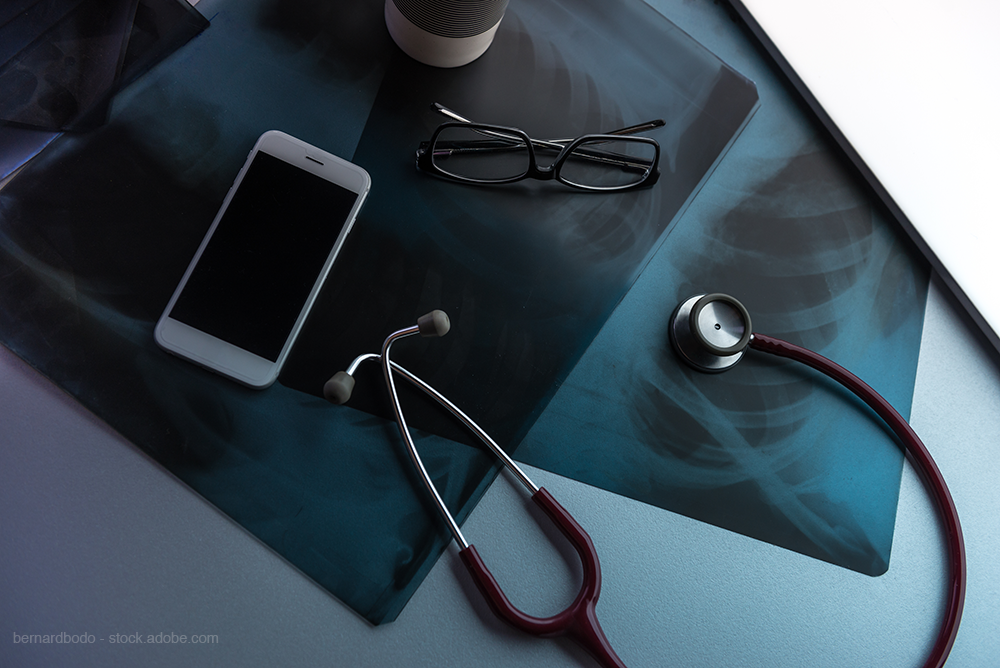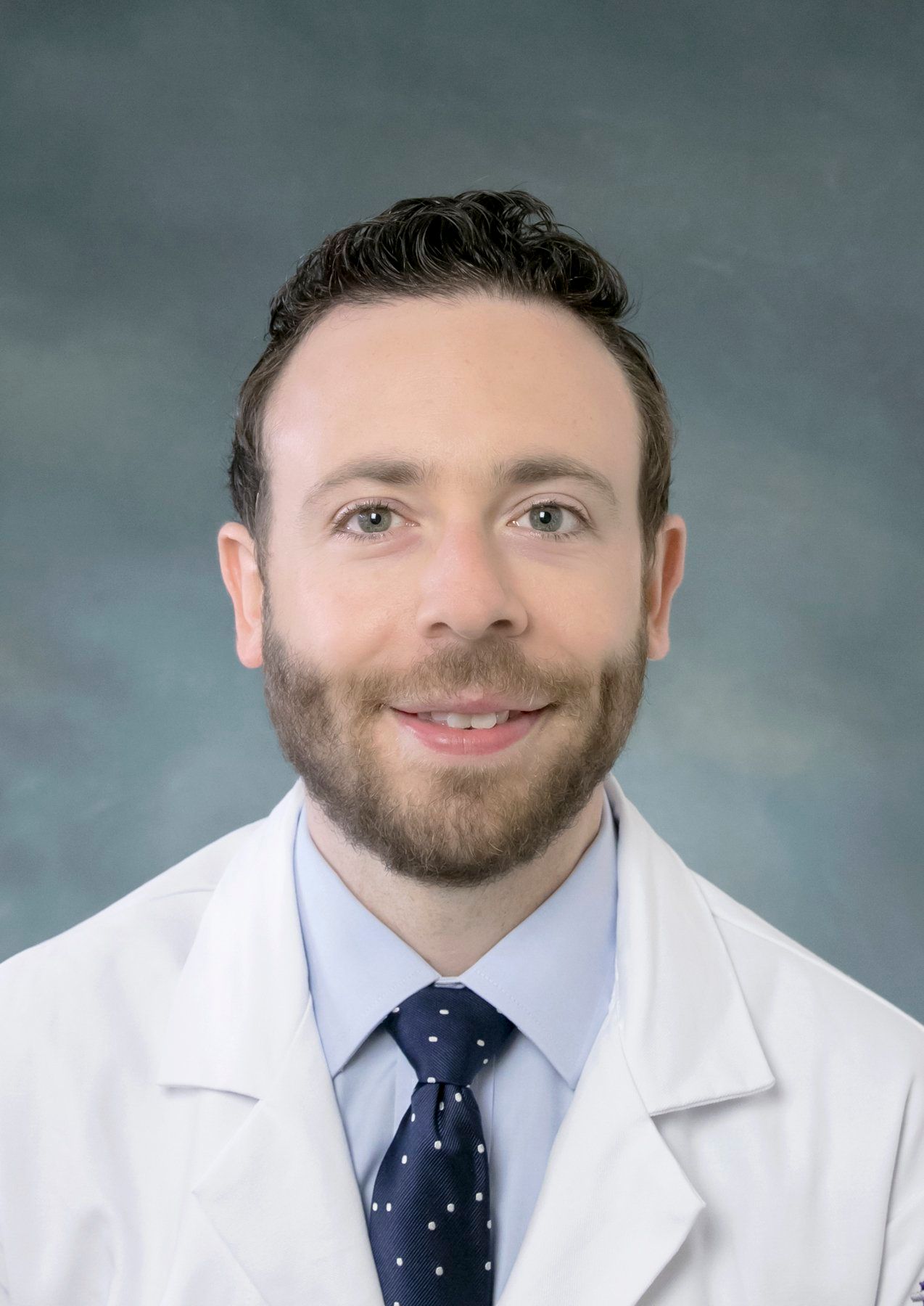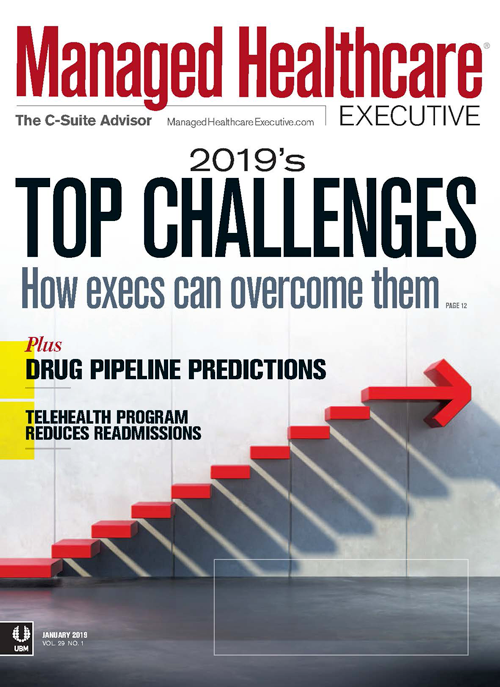Telehealth Program Reduces Readmissions
Telehealth helped Einstein Medical Center decrease readmissions and increase quality.

Kalman

Philadelphia-based Einstein Medical Center, the largest independent academic medical center in the Philadelphia region, wanted to decrease readmissions for liver failure patients by half. Patients often would come to the clinic and be readmitted directly because they were too sick, or would be called to come to the hospital for severe laboratory abnormalities, or would present to the emergency room feeling sick due to noncompliance.
“Chronic liver disease is associated with high readmission rates and is a disease manifested through disorders in a variety of systems including the brain, kidney, and heart,” says Richard Kalman, MD, assistant professor of medicine Sidney Kimmel Medical College in the department of digestive disease and transplantation in the division of hepatology at the Albert Einstein Healthcare Network. “Therefore, it was felt that the chronic liver disease population would be a great group of patients to include in a telehealth endeavor.”
Remote patient monitoring
The medical center uses remote patient monitoring technology from Vivify Health that allows patients to have a remote visit within 48 hours of discharge with one of their liver providers, and also allows the patient to relay information including symptom assessment and vital signs to the liver clinic as well as to Einstein’s partnered visiting nurse program. “We try to schedule a 48-hour televisit with everyone enrolled in the program. I think we have hit this target all but one or two times,” says Gaesenee Kongsubto, telehealth project manager, Einstein Healthcare Network.
Over a five-month period since starting the program, the hospital has had zero readmissions for patients with liver failure.
“The 30-day readmission rate is a benchmark for quality, and so therefore it was chosen,” says Kalman. “We also wanted to limit the number of devices out at any given time, and focus on the time when the patient was in the most precarious position.”
So far, more than 30 patients have used telehealth kits, says Kongsubto. Kits come with a 4G connectivity tablet and can be customized with various monitoring devices (liver uses a scale, blood pressure cuff, and pulse oximeter). There is also an option to do virtual visits using the camera on the tablet.
“We ramped up slowly because we wanted to work out any work flow issues that might arise with trying to schedule a home health visit that included a televisit with one of our advanced practitioners,” says Kongsubto. We only cover a limited geography right now but hoping to expand to serve all our patients in southeast Pennsylvania, along with Delaware and New Jersey.”
As a result of the technology, patients feel more connected to their care team and have better outcomes, while providers are able to do more targeted data-driven care, she says. “By developing these programs, Einstein Healthcare Network is positioning itself for growth and sustainability as the industry moves more toward value-based healthcare.”
Program expansion
Currently, no managed care partner is involved in the program, but Kongsubto says that dashboards are being developed that can show how effective the telehealth program is in reducing readmissions and providing better coordinate care for patients at home.
Einstein is also using remote monitoring for chronic heart failure, COPD, and sleep apnea. Other considerations for future use cases are diabetes management and postpartum hypertension.
“Our chronic heart failure patients are monitored by our Heart Failure Nurse Navigator, and our chronic heart failure ACO population will be monitored by a pharmacist,” says Kongsubto. “Pulmonary fellows and residents helped develop and monitor patients in our COPD and sleep apnea programs.”
As part of all programs, there is also an off-site nursing command center that acts as first responder to patient alerts. Nurses reach out to the patient to triage the issue and alert the care team if further follow-up care is needed.
Tracey Walker is content manager for Managed Healthcare Executive.

Doing More and Saving More with Primary in Home Care
September 1st 2021In this week’s episode of Tuning In to the C-Suite podcast, MHE Associate Editor Briana Contreras interviewed VillageMD’s Senior Medical Director of Village Medical at Home, Dr. Tom Cornwell. Dr. Cornwell discussed the main benefits of primary care at home, which includes the benefit of cost savings for patients, maintaining control of hospital readmissions and others. Dr. Cornwell also noted what has changed in the industry of at-home care and if there has been interest from payers like insurance companies and medicare in the service.
Listen